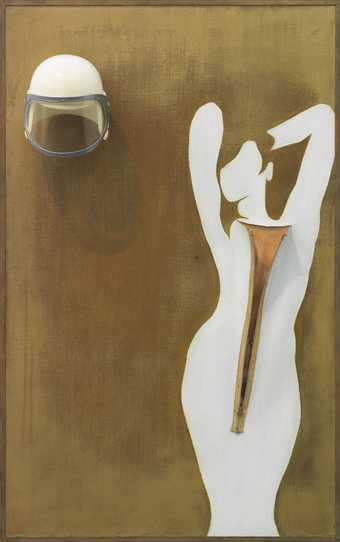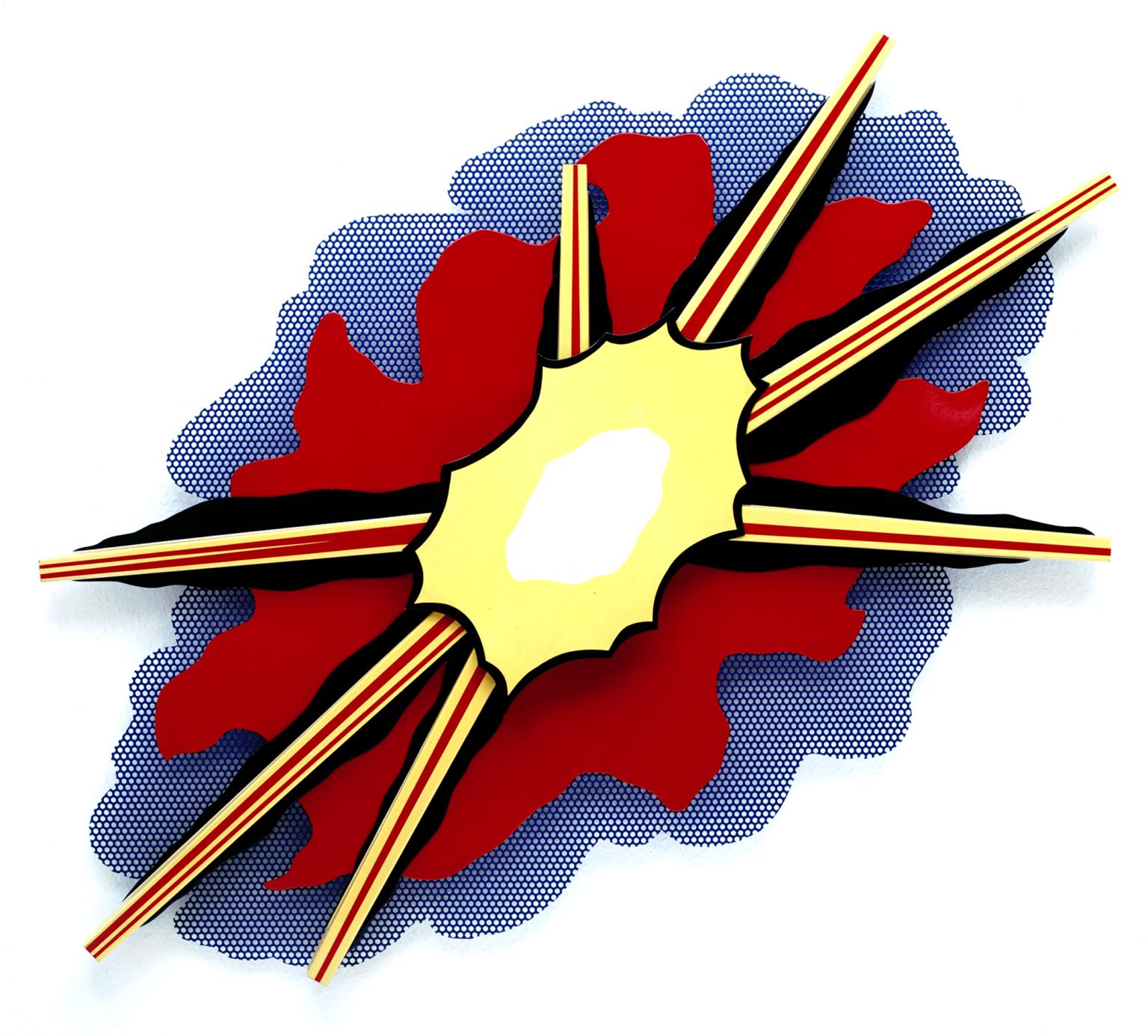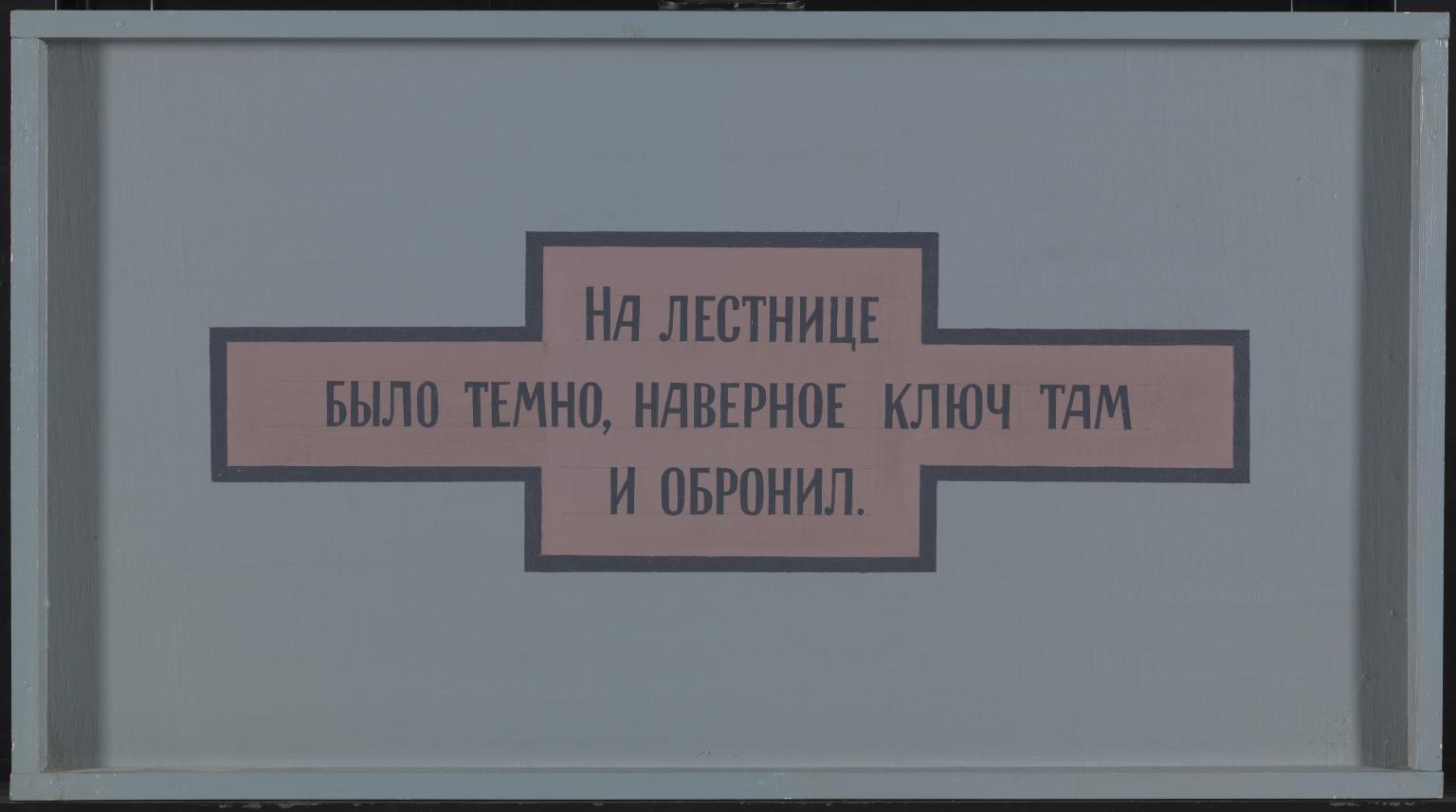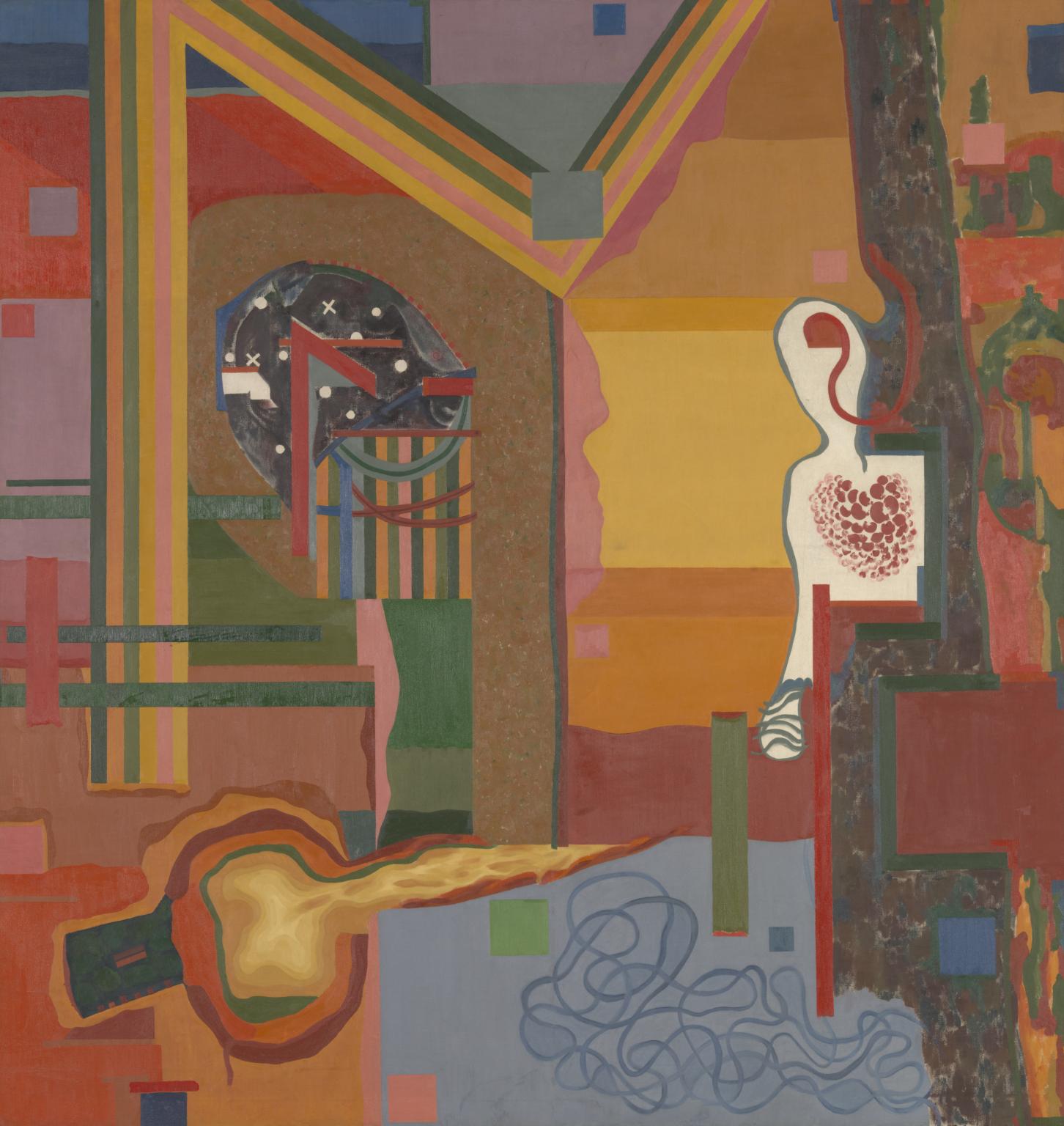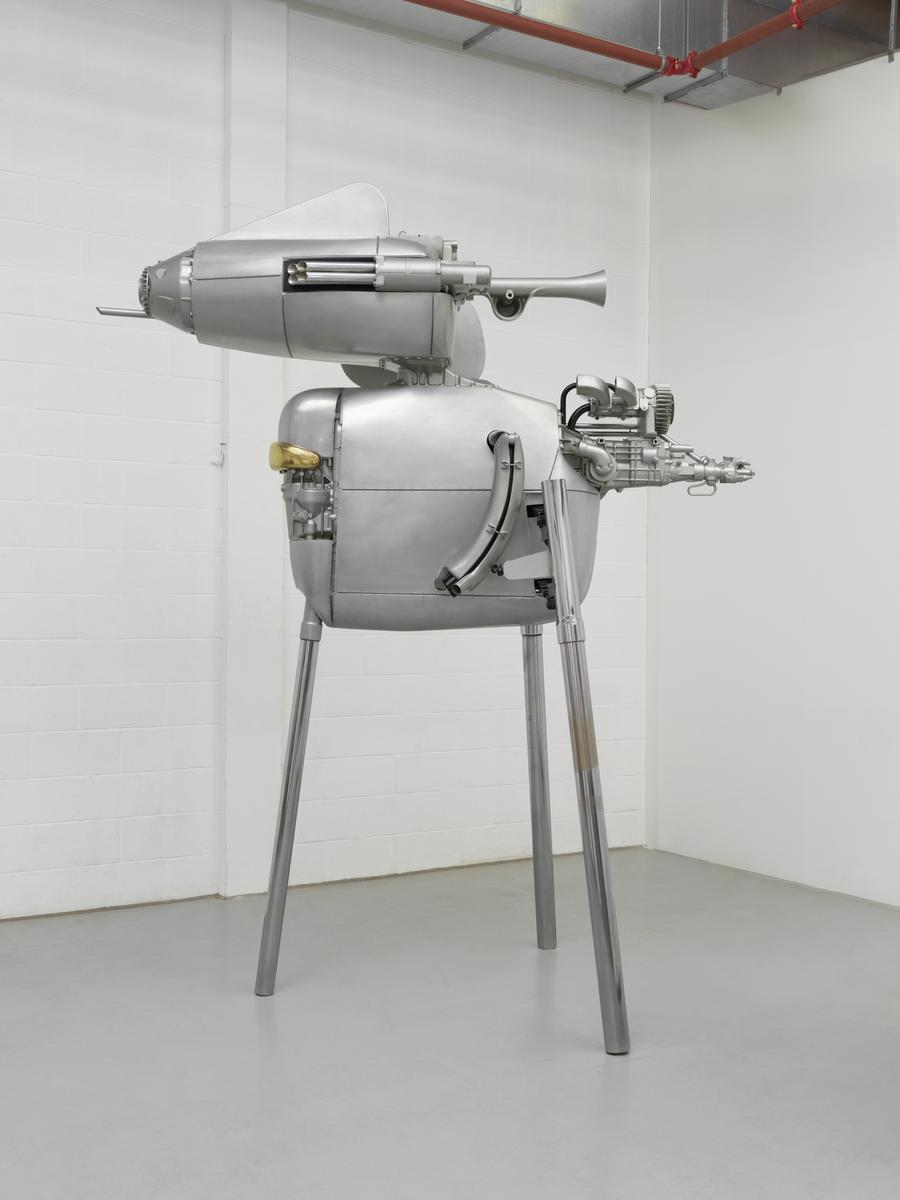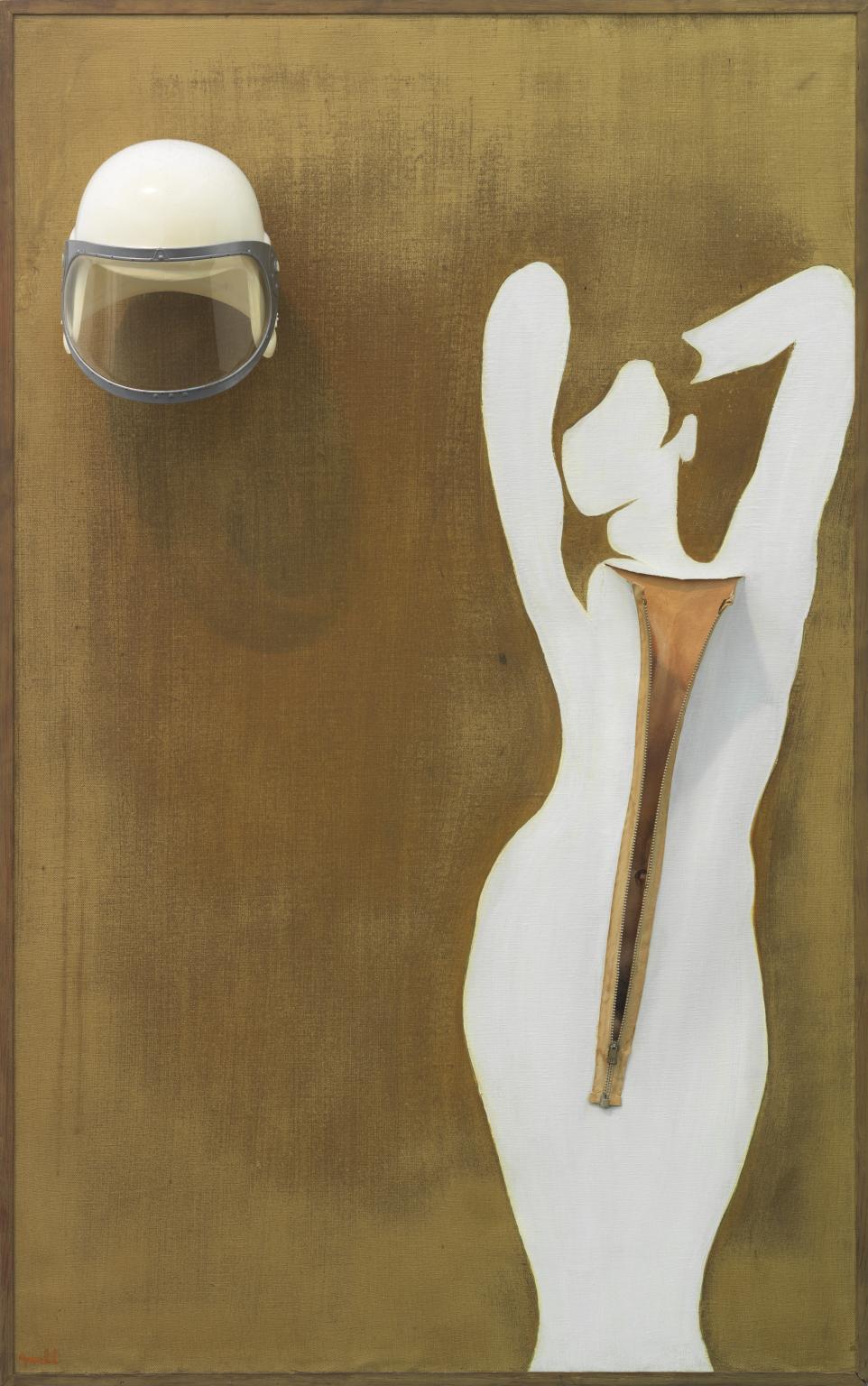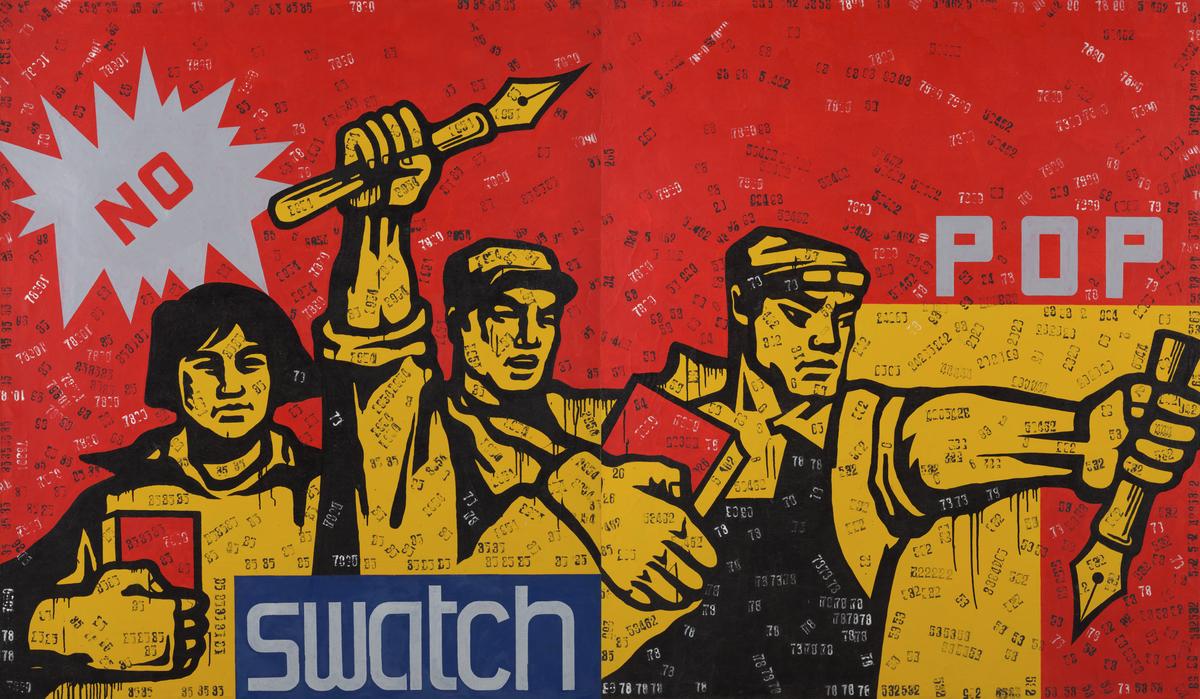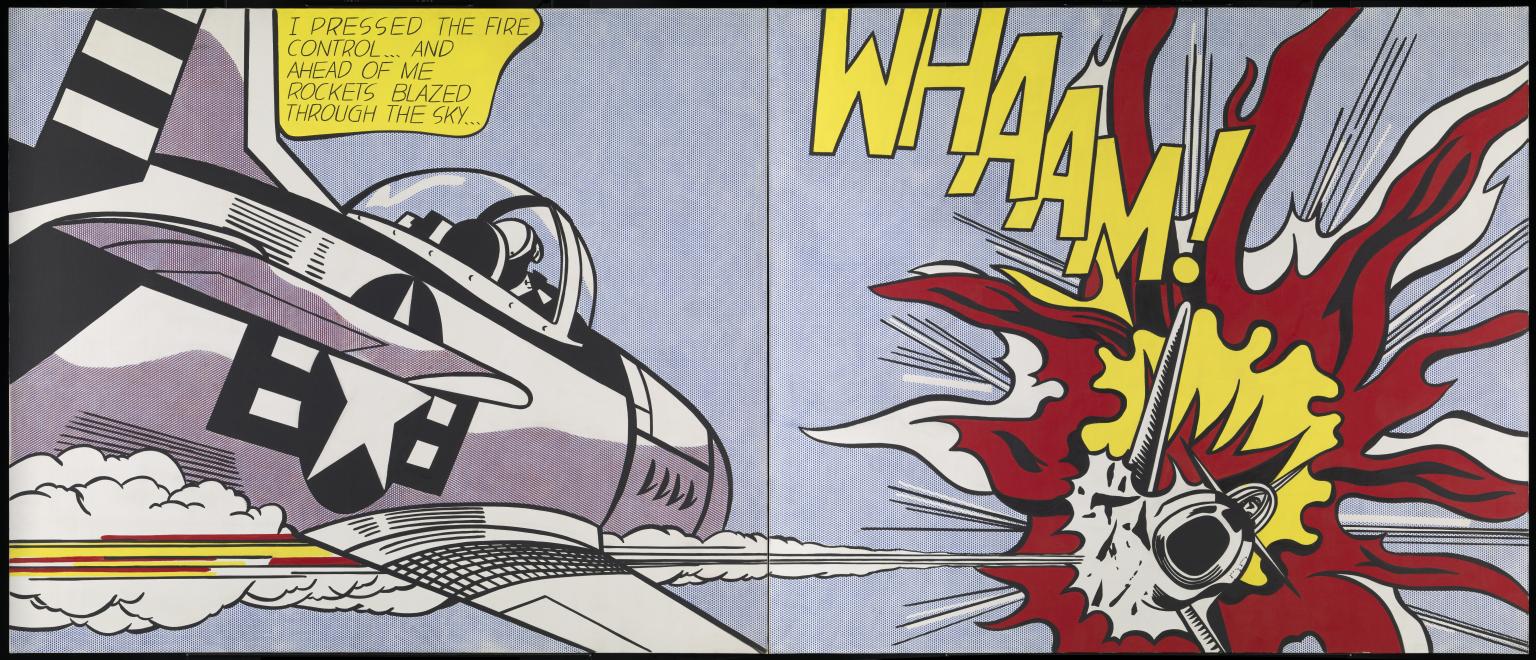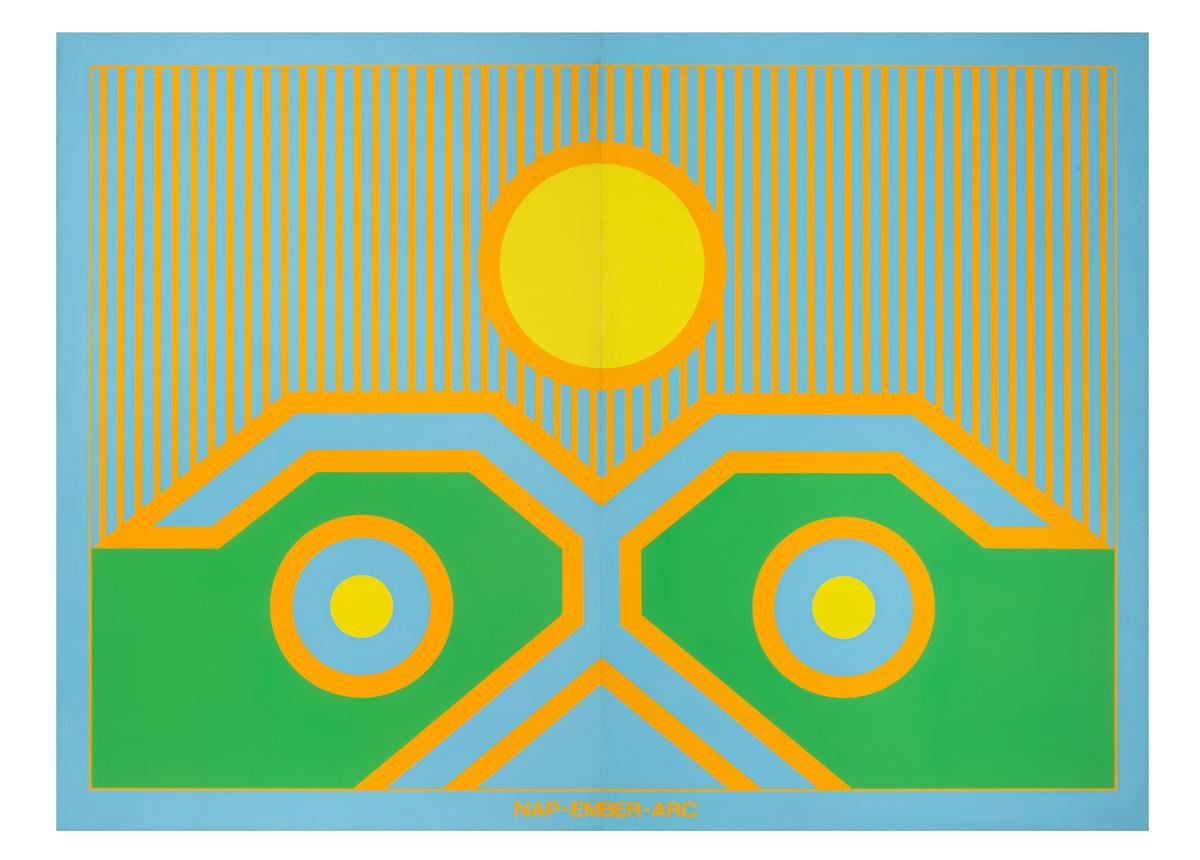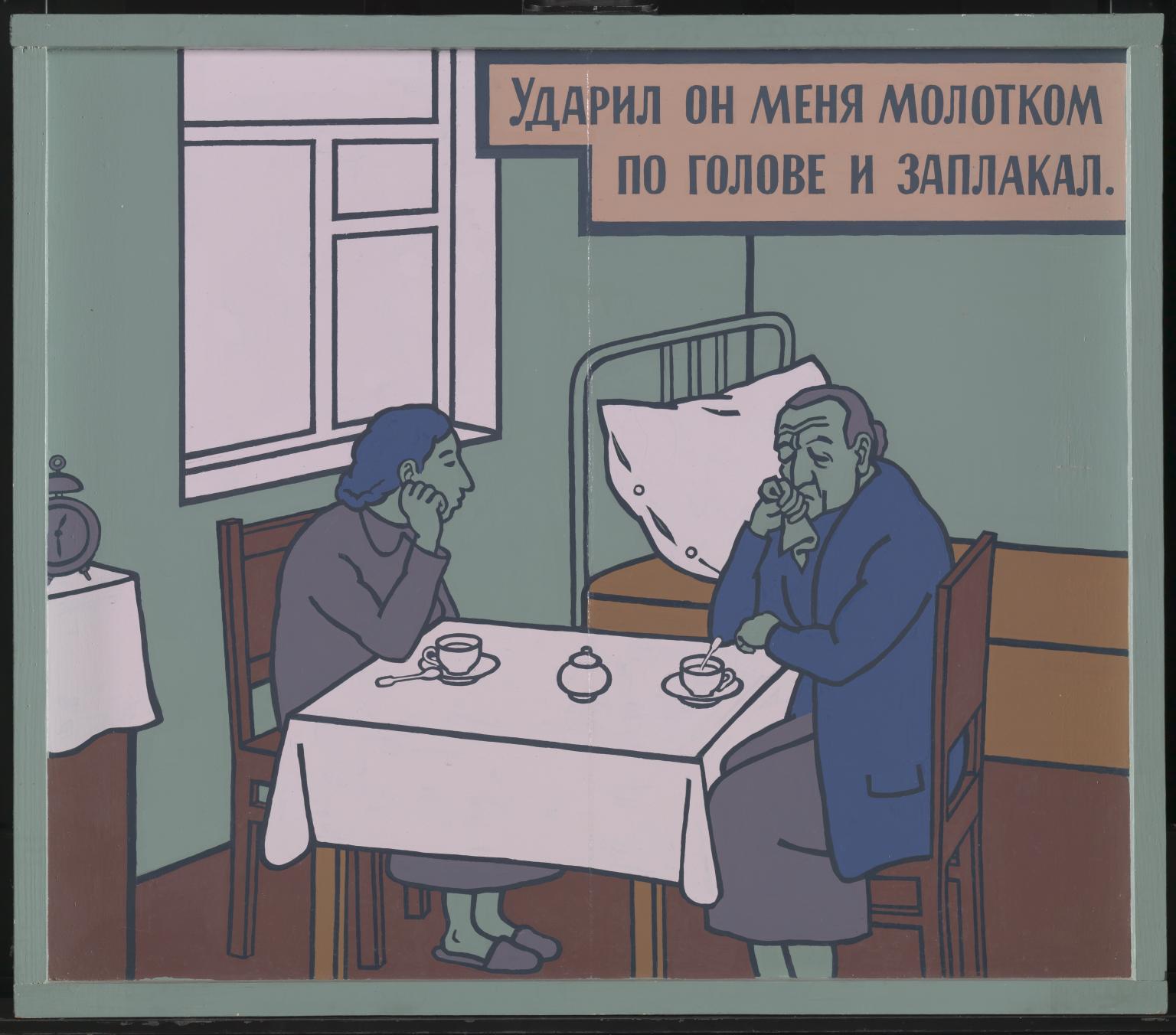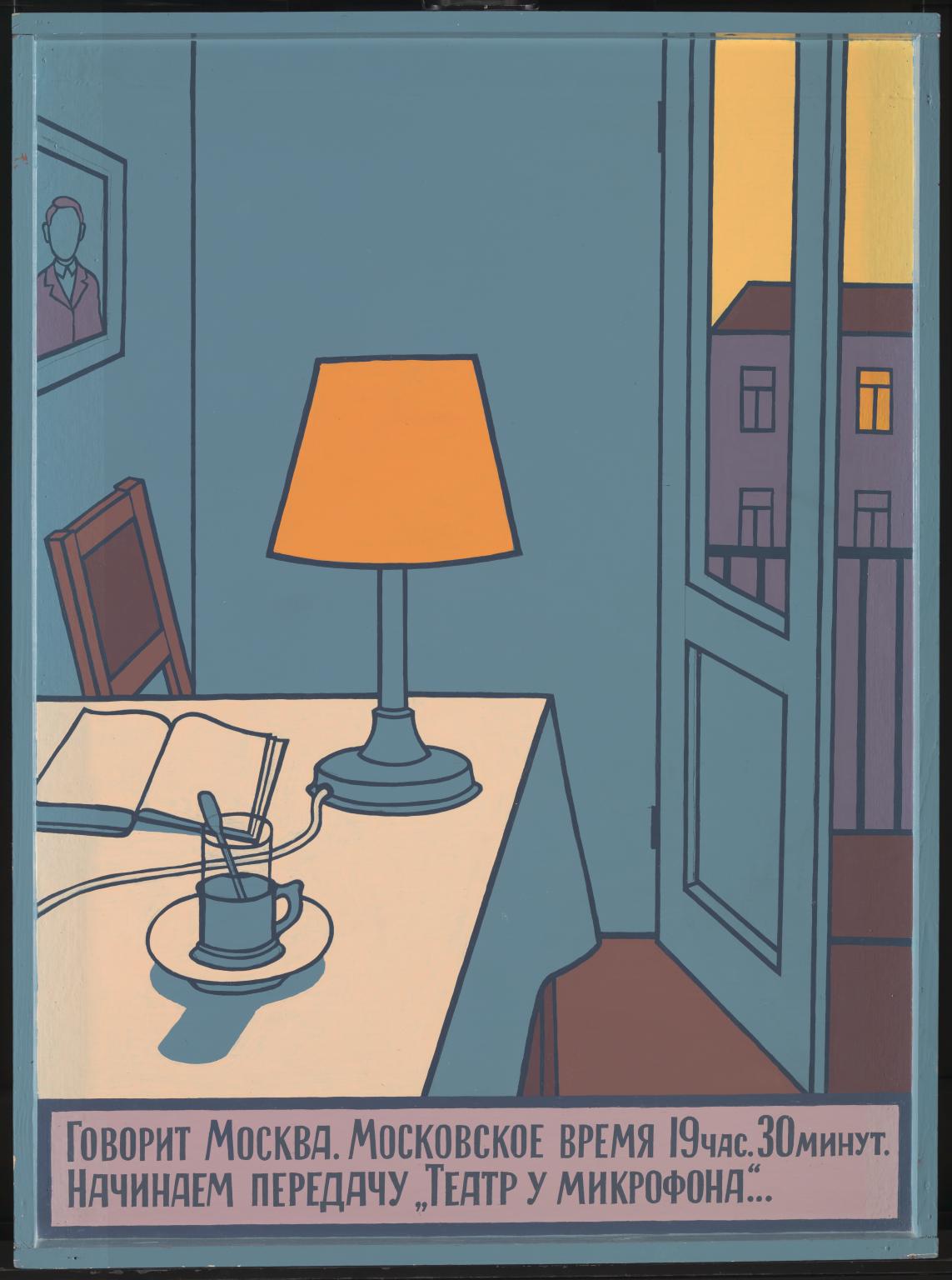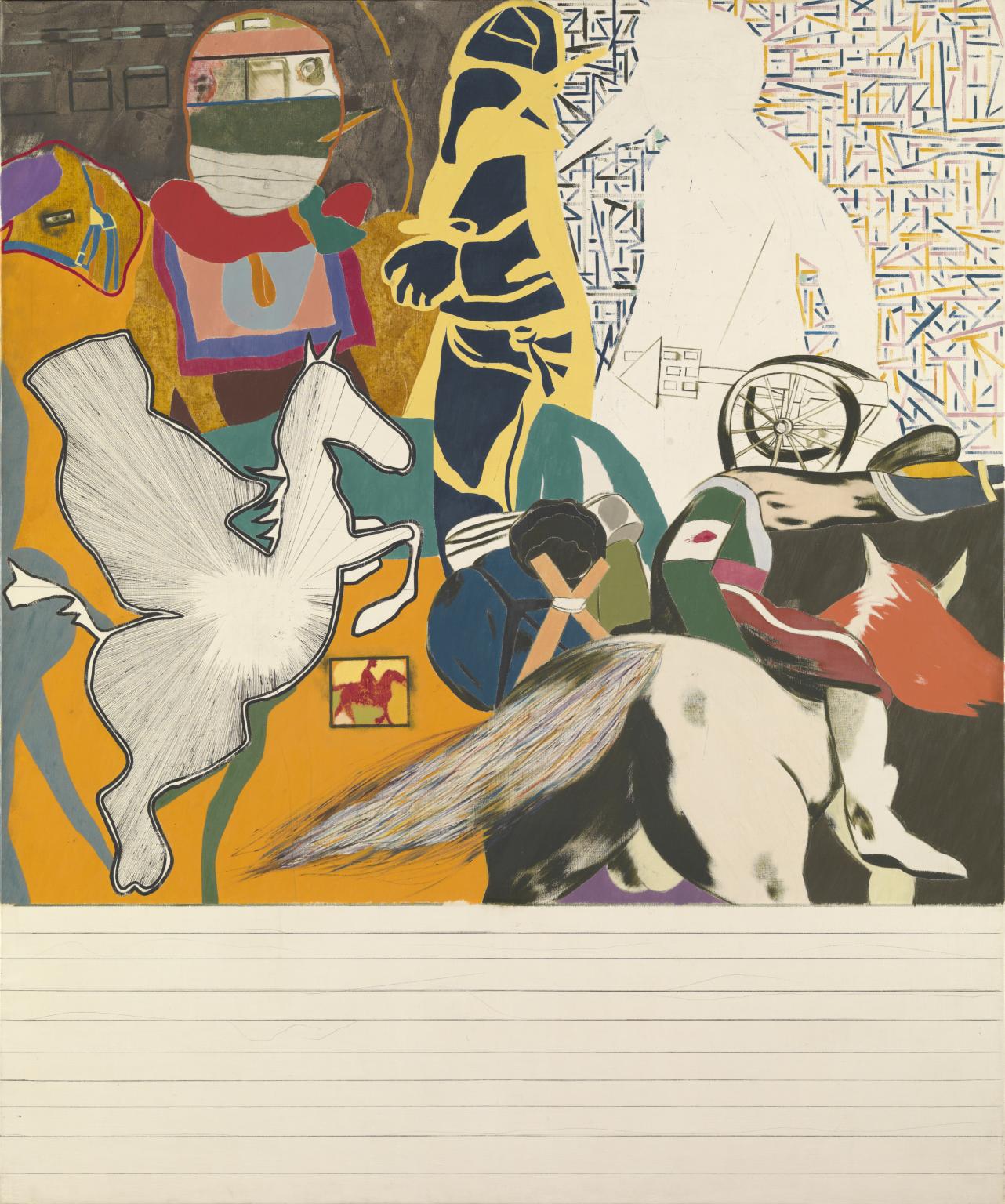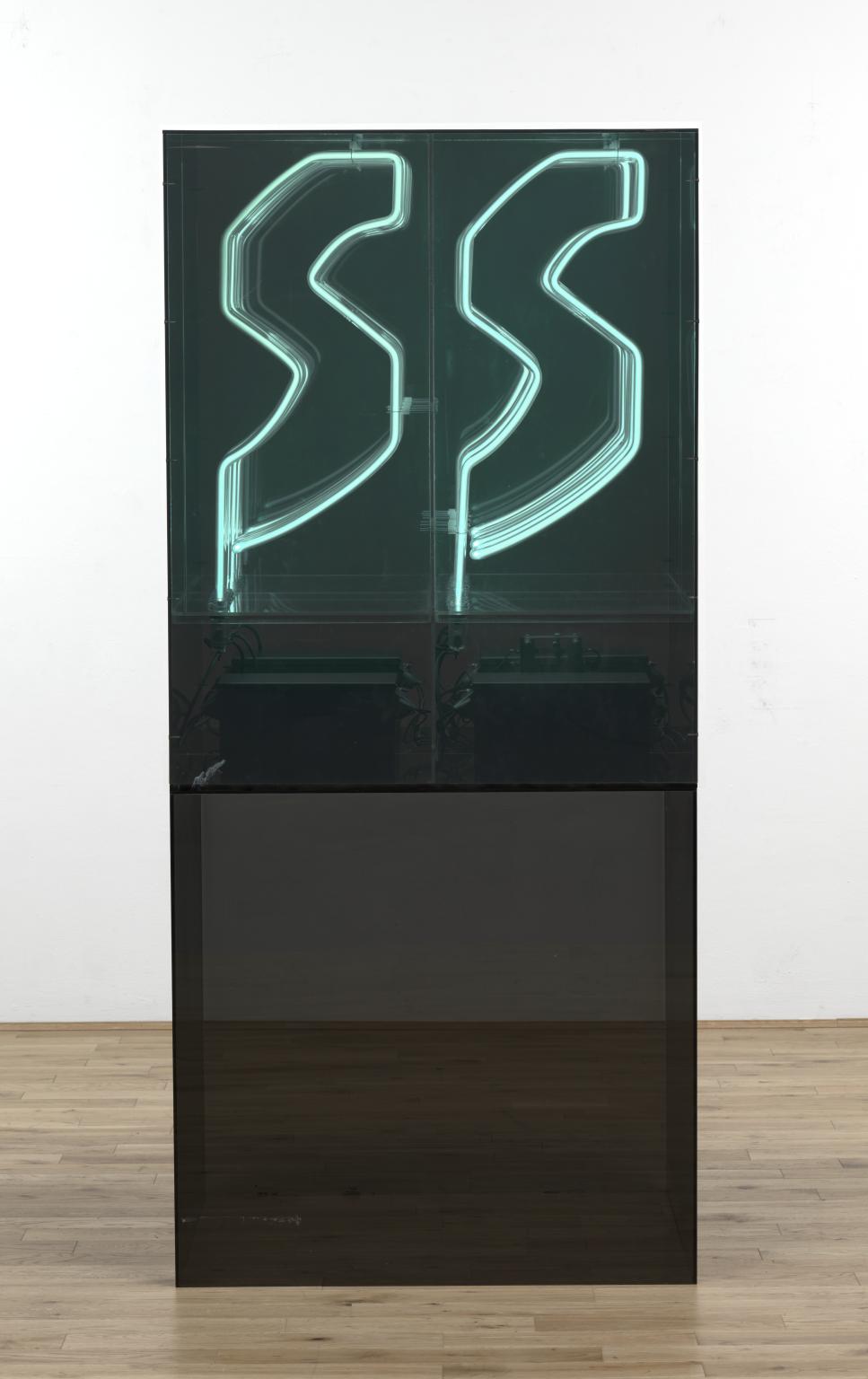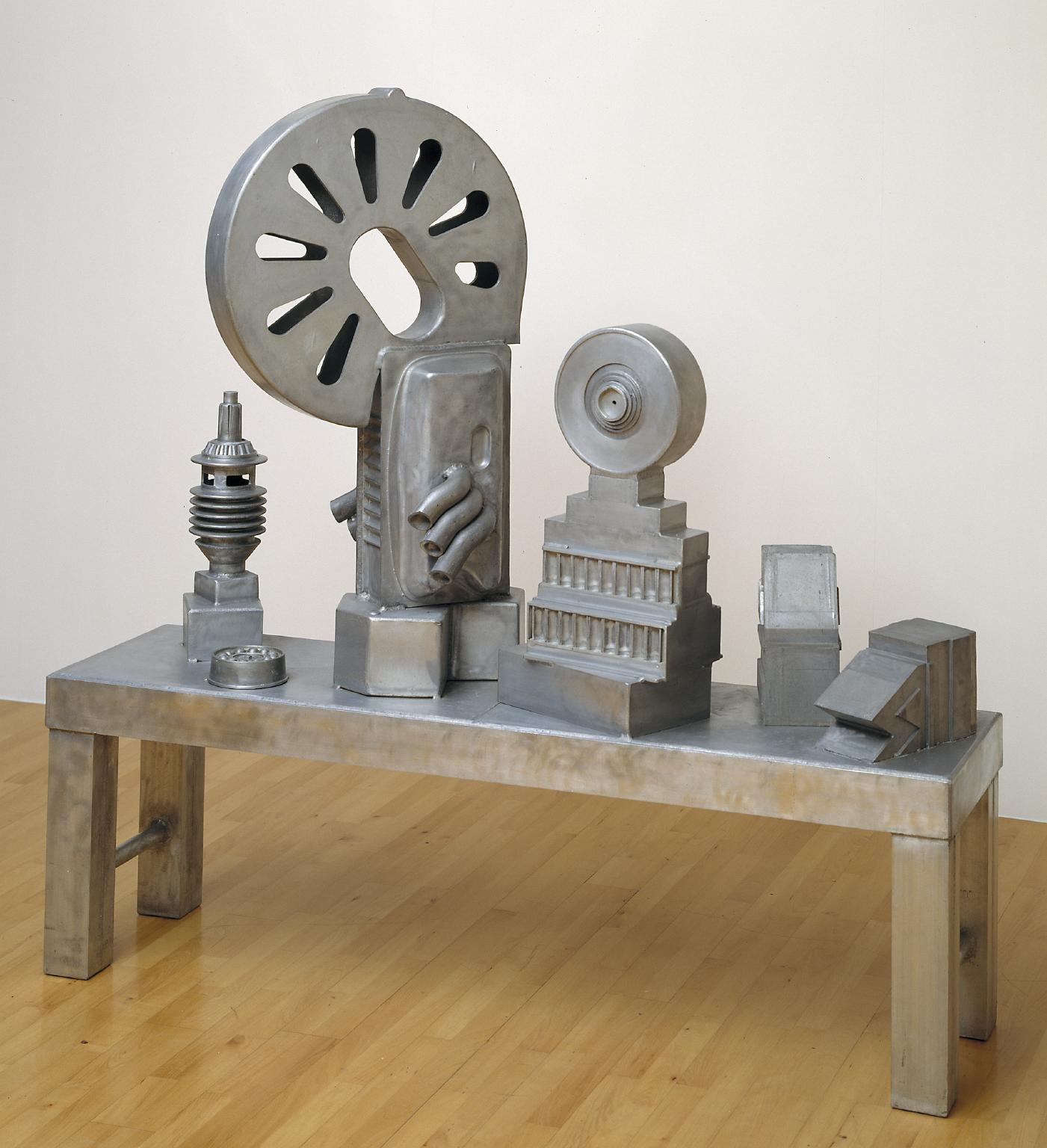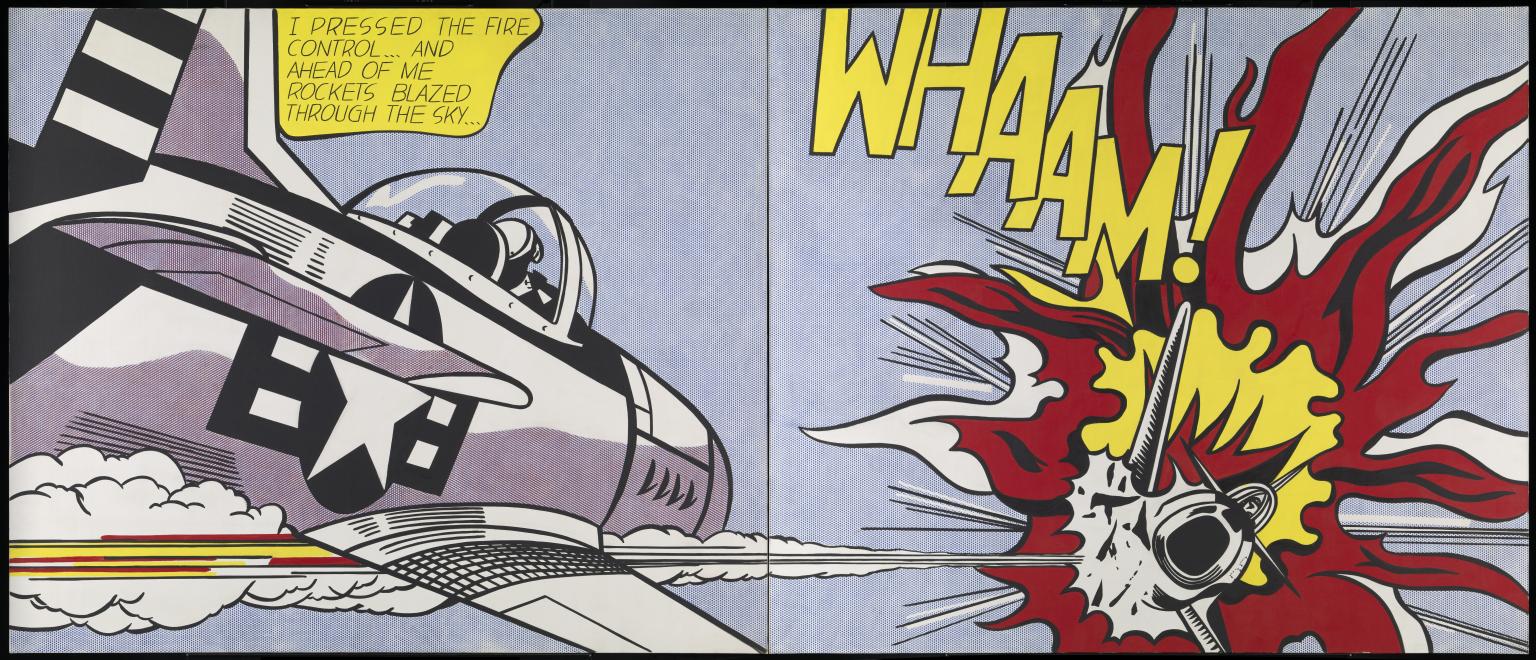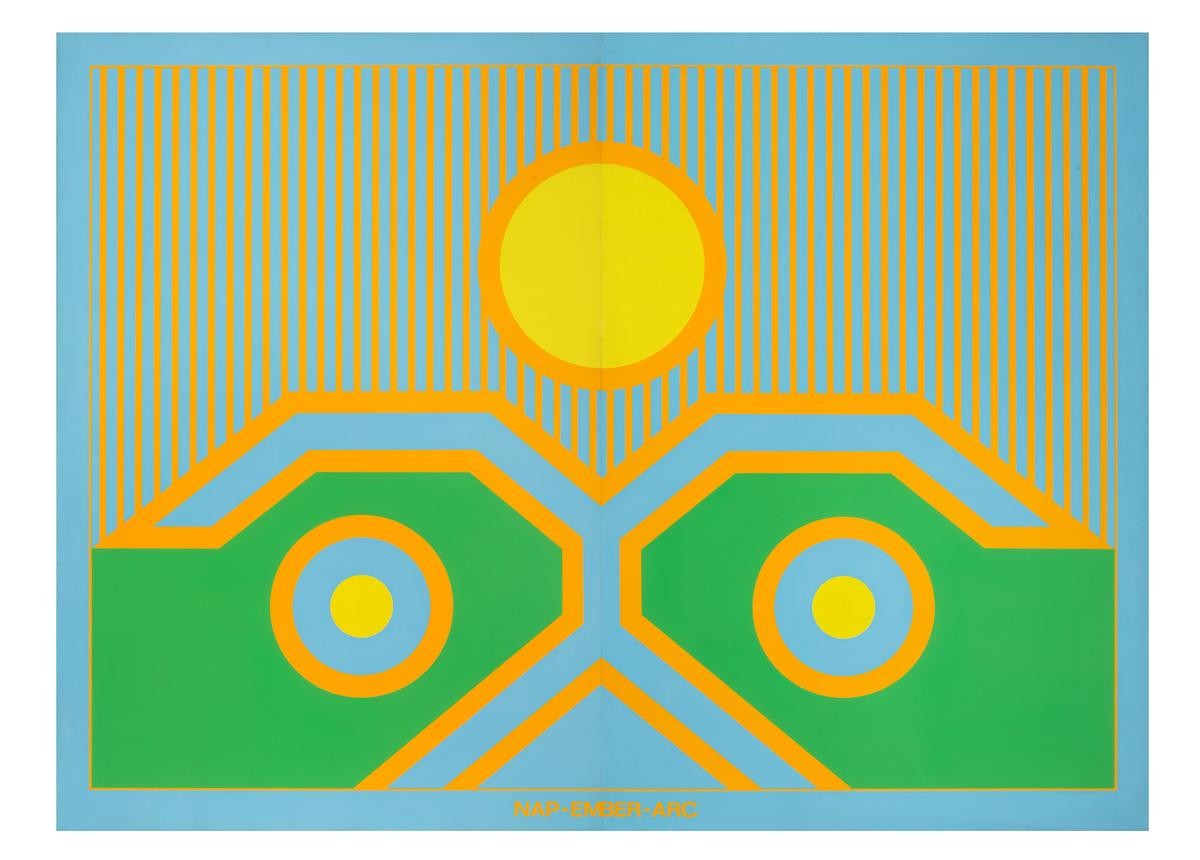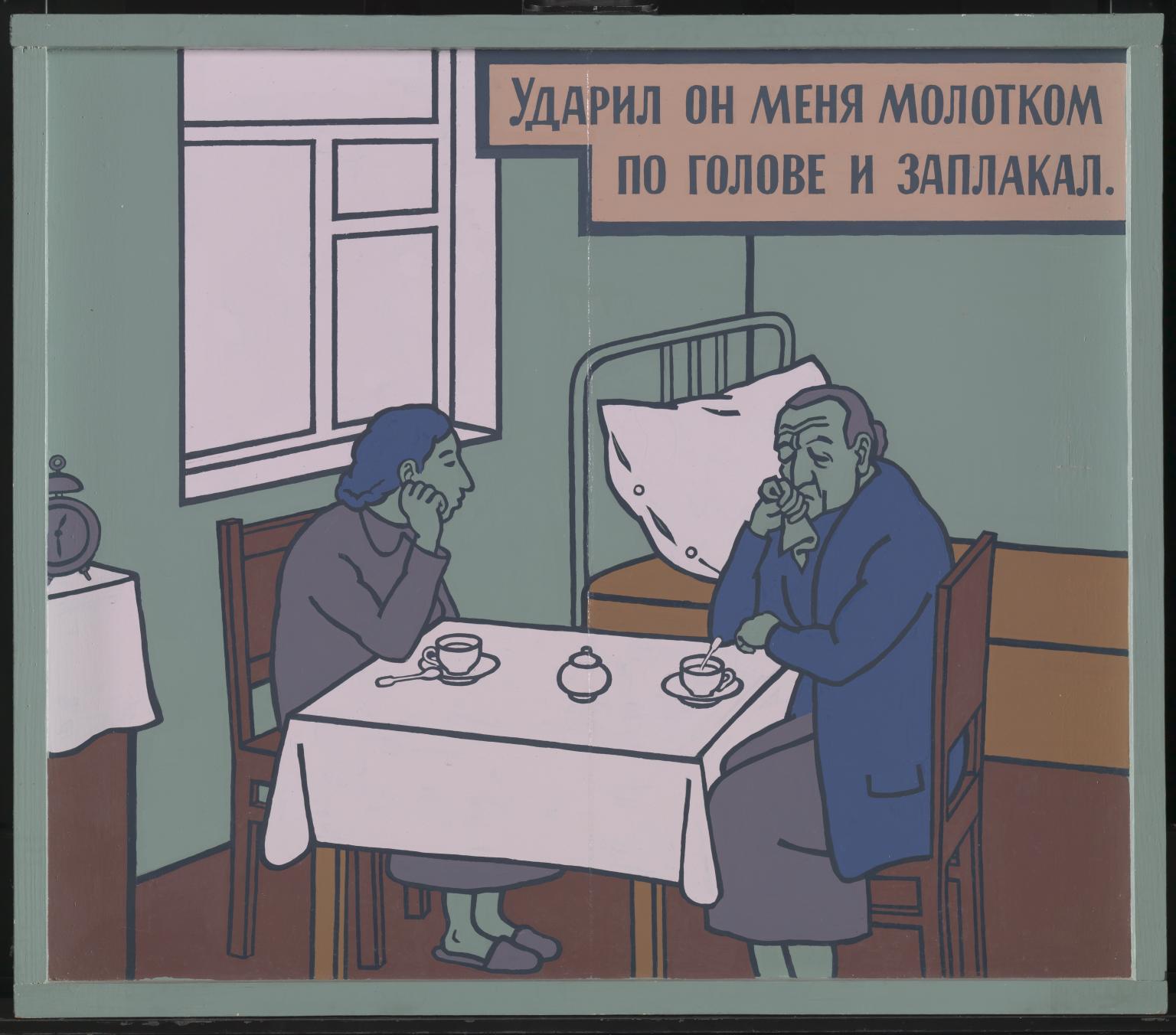10 rooms in Media Networks
Artists from across the world have borrowed images from the mass media to comment on social and political issues
Pop art engages with the mass-produced imagery of popular culture. It is often thought of as a North American and British phenomenon, but in fact a wide range of different cultures and countries contributed to the pop movement during the 1960s and 1970s.
What unites the diverse work in this room is the presence of figures or other recognisable forms – a reaction to the dominance of abstraction in mid-twentieth-century art. The imagery is often borrowed from advertising and the popular press, and many works mimic the bold shapes and colours of product packaging or signage.
But as the works here show, drawing on popular or commercial sources doesn't lead pop art to celebrate consumerism. Instead it can encompass a range of responses, from cool irony to subversive social critique.
Art in this room
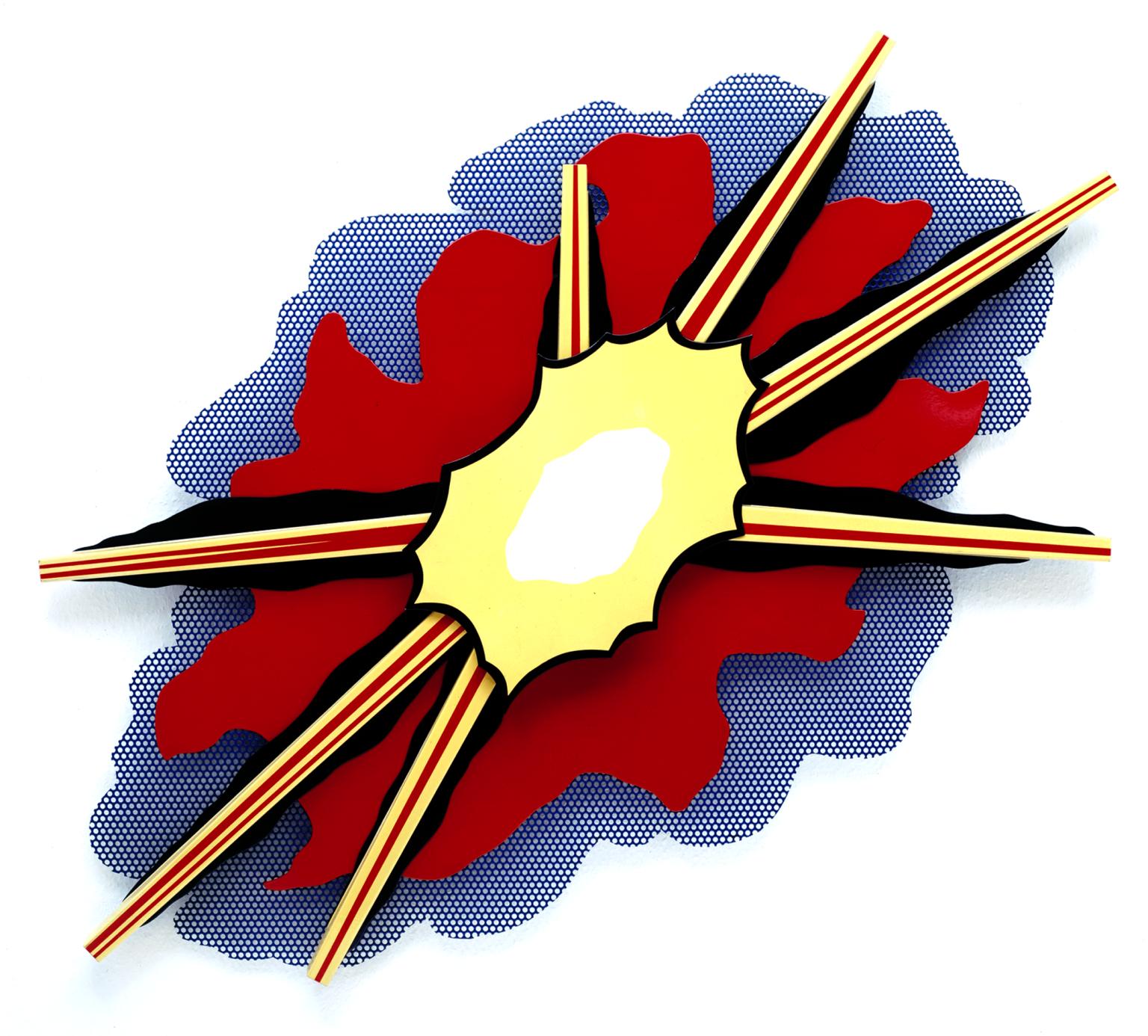
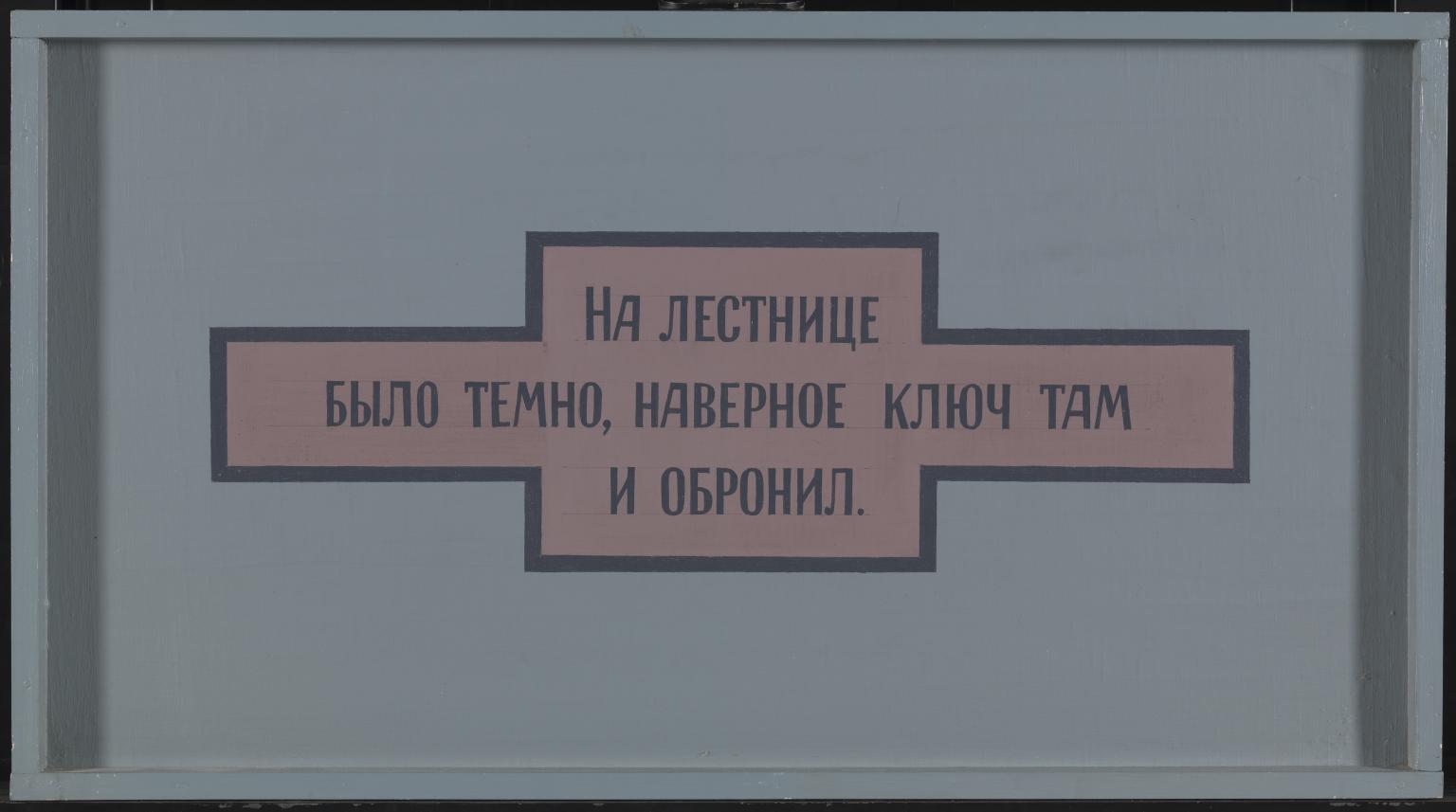
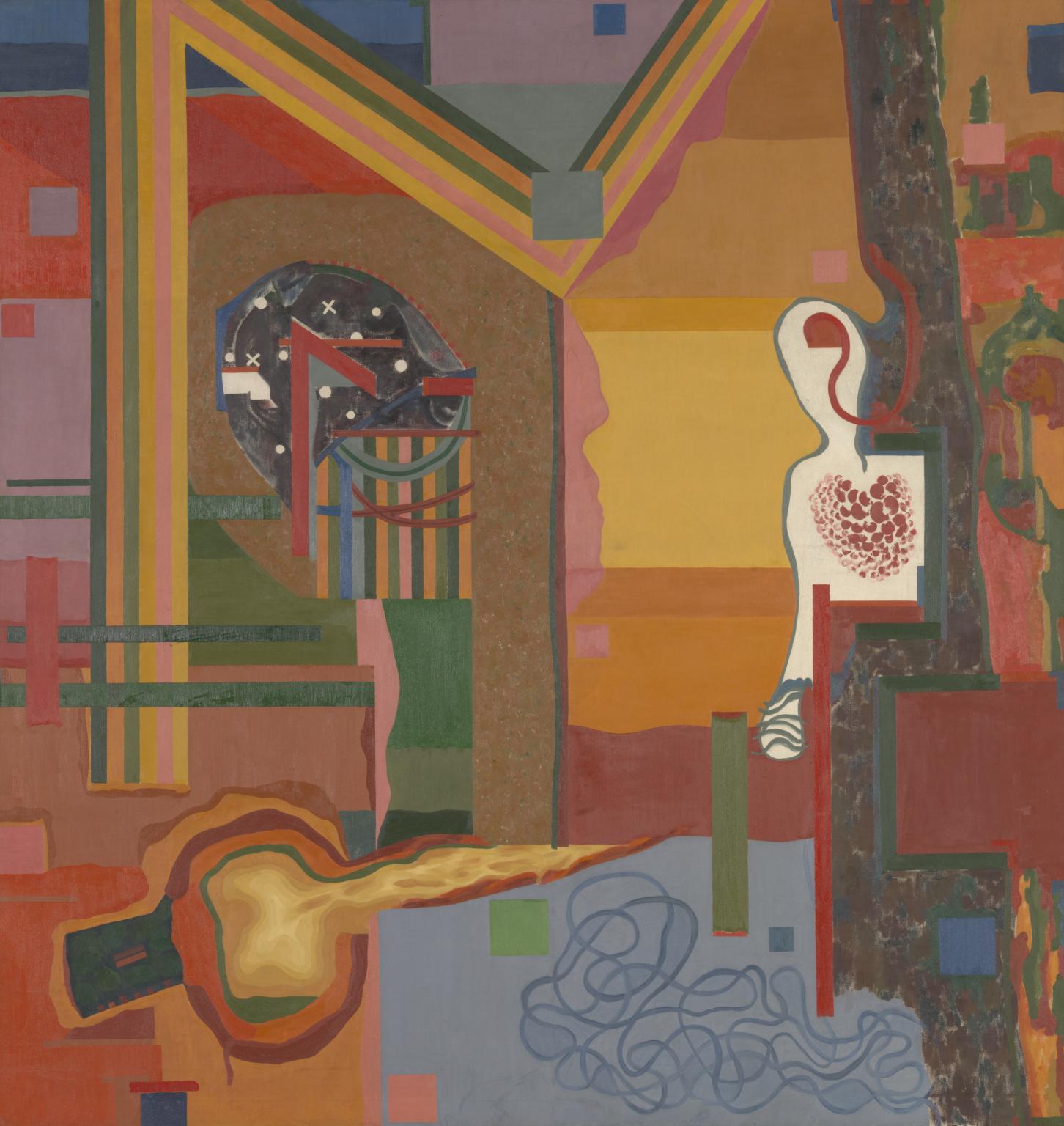
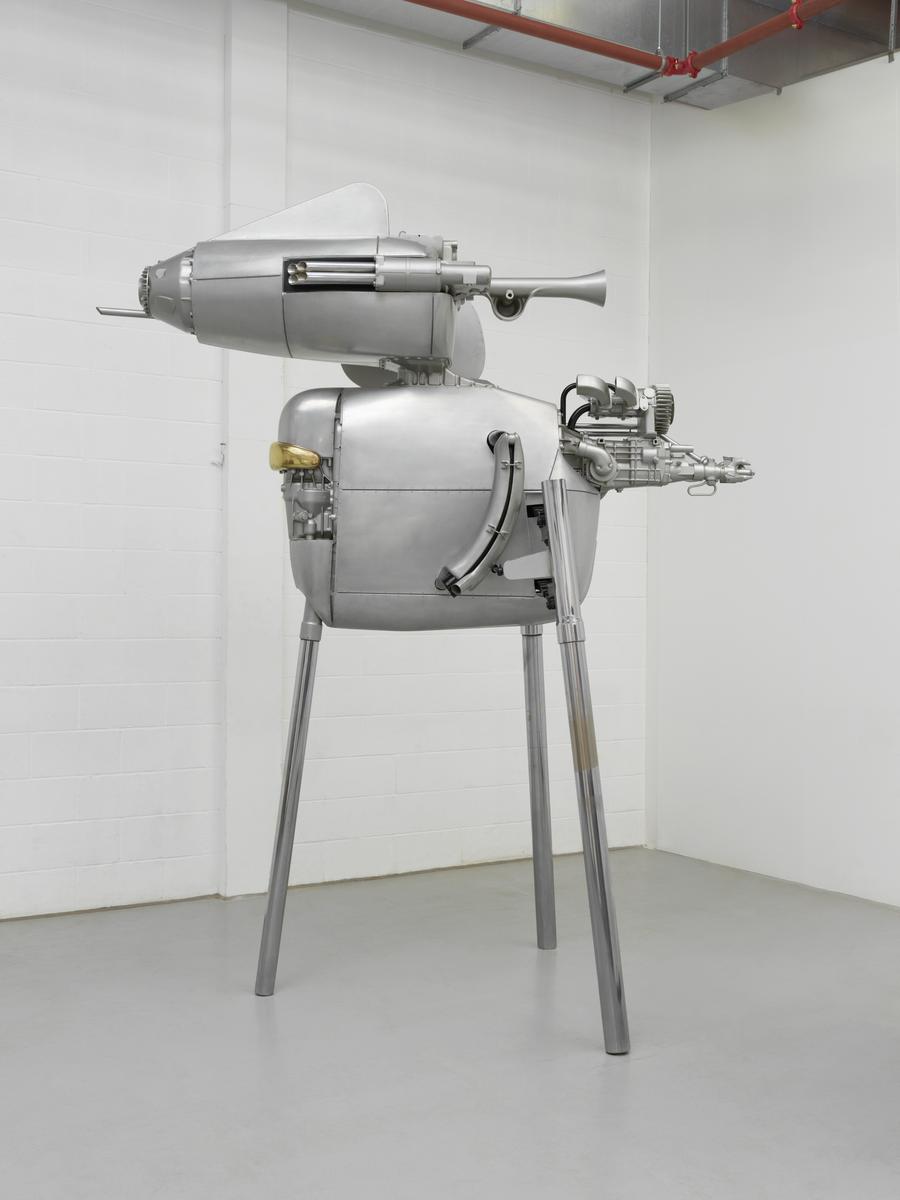
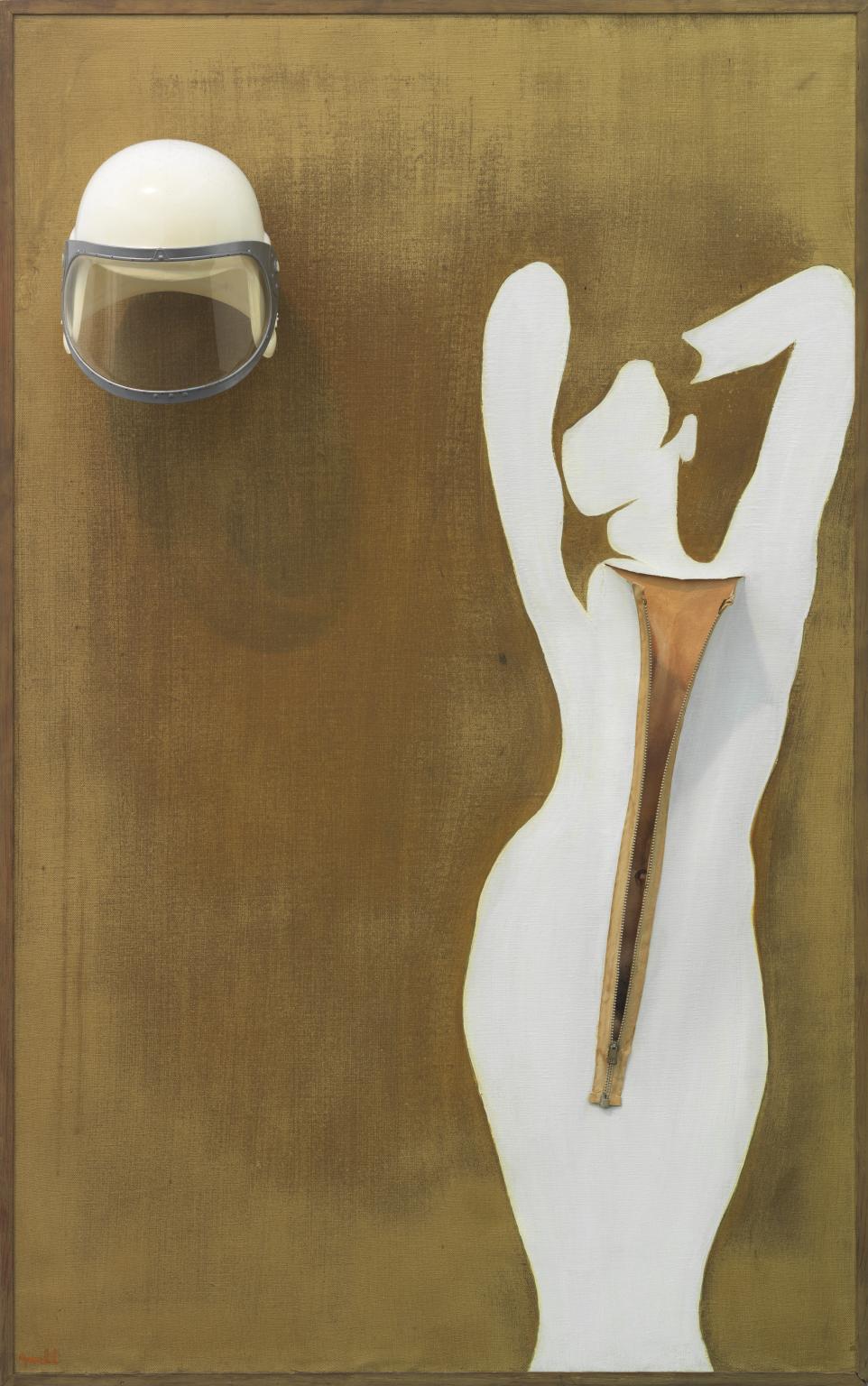

You've viewed 6/13 artworks
You've viewed 13/13 artworks
